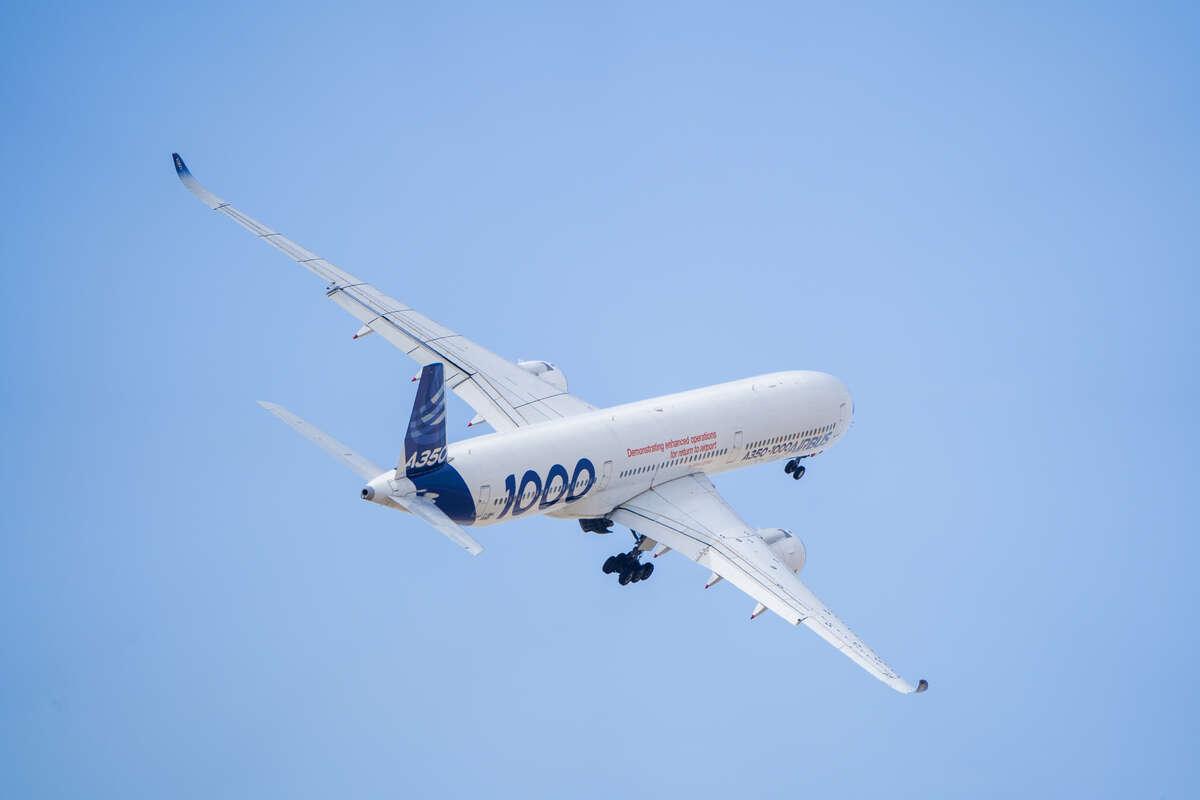
This week's Flight Friday focuses on the two “composite” widebody aircraft, the Airbus A350 and the Boeing 787.
The data looks at average monthly cycles (flights) by the aircraft, as total hours and cycles for these aircraft are greater than 2019 levels, however that is due to the continued delivery of these aircraft leading to a larger in-service fleet (ISF).
With the return of international travel, the widebody market has finally begun to return to pre-pandemic 2019 levels. Operators that had a choice of widebodies to complete their flying post-pandemic tended to choose the new generation aircraft for their fuel efficiency over their slightly more mature aircraft like the A330 and 777.
Average monthly flight cycles for the A350, both the -900 and the -1000, had returned to 2019 monthly levels by mid-2023. The A350-1000 on average does the least number of cycles per month, a little over 40, due to the aircraft flying long sector lengths.
The 787-8 has been above 2019 levels for the whole of 2023 and is the aircraft that has the highest number of average monthly cycles, almost 57, due to the nature of 787-8 operations and with Japanese operators using them on domestic trunk routes. The 787-9 is creeping back to 2019 levels, aided by the return of international traffic, whereas the 787-10 had a good first half of 2023 and a lackluster second half of 2023.
With continued international traffic demand, these widebodies, along with their more mature stablemates, should carry on increasing their utilization during 2024.
This data was put together using Aviation Week’s Tracked Aircraft Utilization tool.





